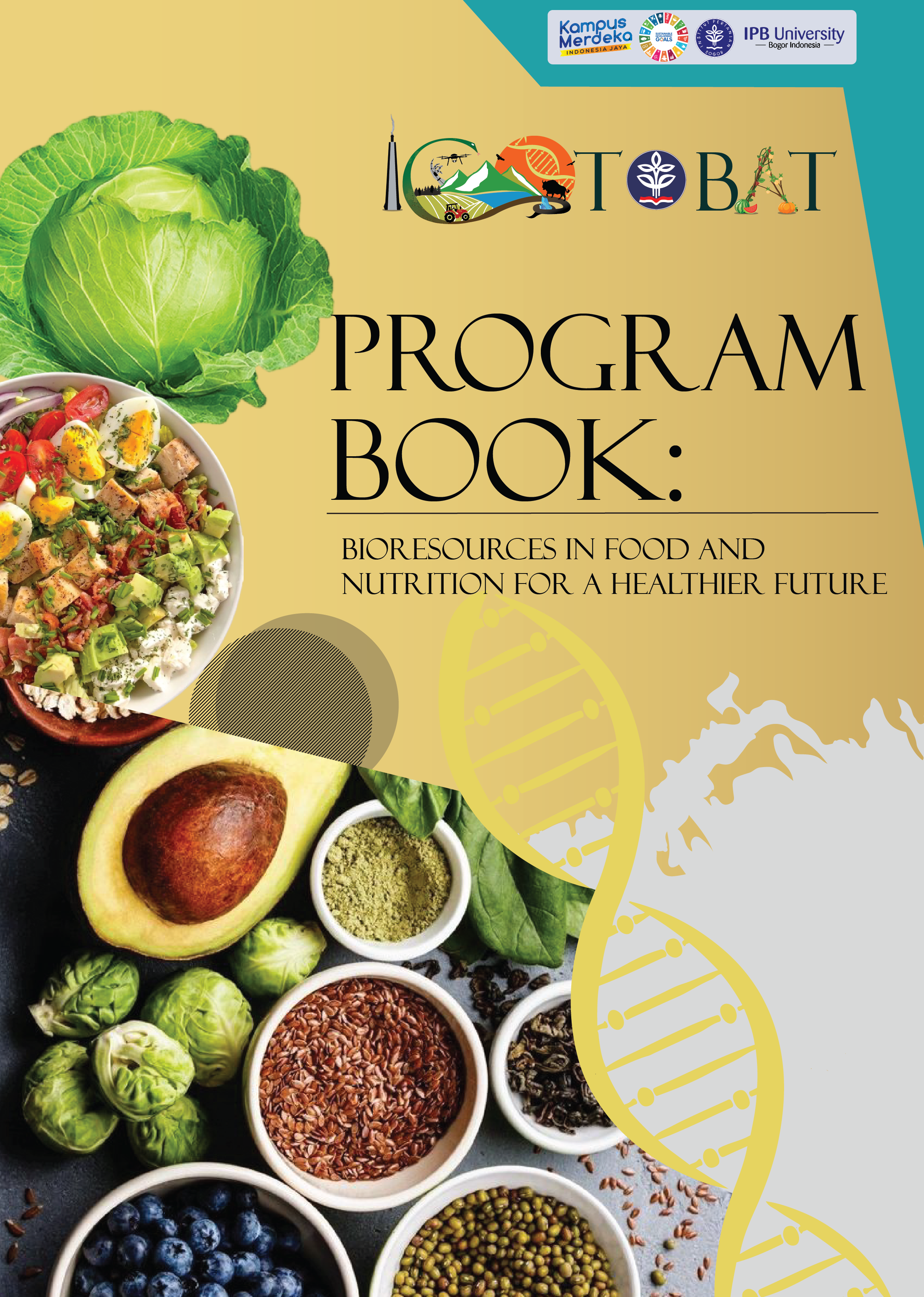The Role of Mycorrhiza and Vermicompost to Enhance Cd-uptake, P-uptake, and Yield of Chilli (Capsicum annum L.) Plants on Textile Waste Contaminated Soil
Keywords:
Cadmium, lombricompost, MVA, textile wasteAbstract
Cadmium (Cd) contamination from textile waste poses a significant threat to nearby agricultural land, necessitating effective strategies to mitigate the accumulation and translocation of Cd in plant tissues. This study aims to evaluate the impact of combining mycorrhiza with vermicompost (lombricompost) on chili plants, focusing on Cd content in soil, Cd uptake, phosphorus uptake, and harvest yield. Employing a randomized block design with two factors—vermicompost dose (ranging from 0 to 20 tons/ ha and mycorrhiza versus non-mycorrhizal application—with three repetitions. Results demonstrate that both mycorrhiza and vermicompost application significantly reduced soil Cd content. However, mycorrhizal inoculation leads to decreased Cd and phosphorus uptake, also reduced chili yield. Applying vermicompost at a rate of 15 tons/ ha increased chili yield, while mycorrhiza inoculation decreased it. Moreover, combining mycorrhizal with vermicompost at a rate of 20 tons/ ha notably enhanced Cd uptake in chili shoots. Cadmium was found to be translocated and accumulated to a greater extent in the roots of chili plants compared to the shoots. These findings contribute to understanding the role of mycorrhiza and vermicompost in Cd translocation within chili plants, offering crucial insights for assessing the safety of food crops cultivated in Cd contaminated areas.





























